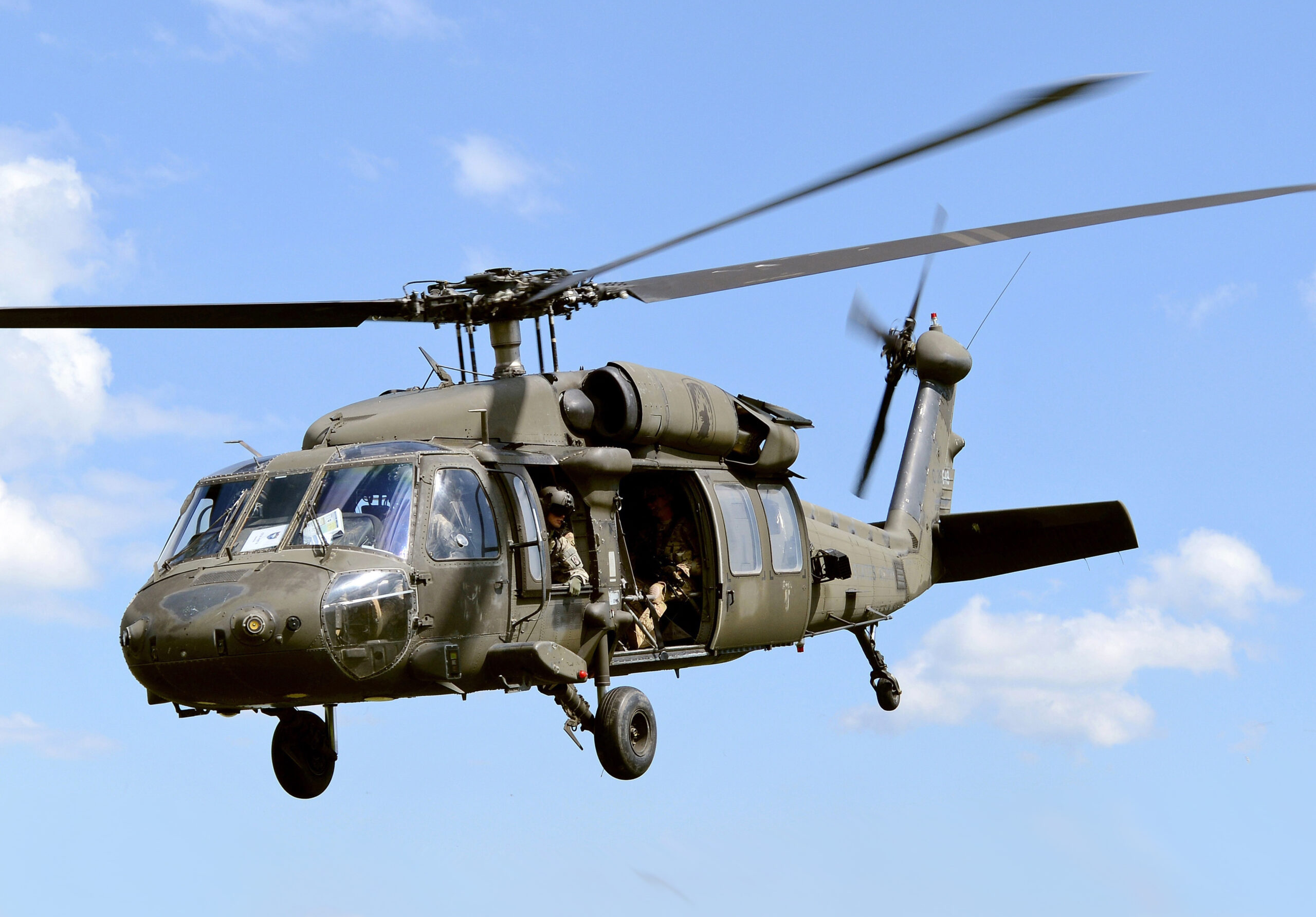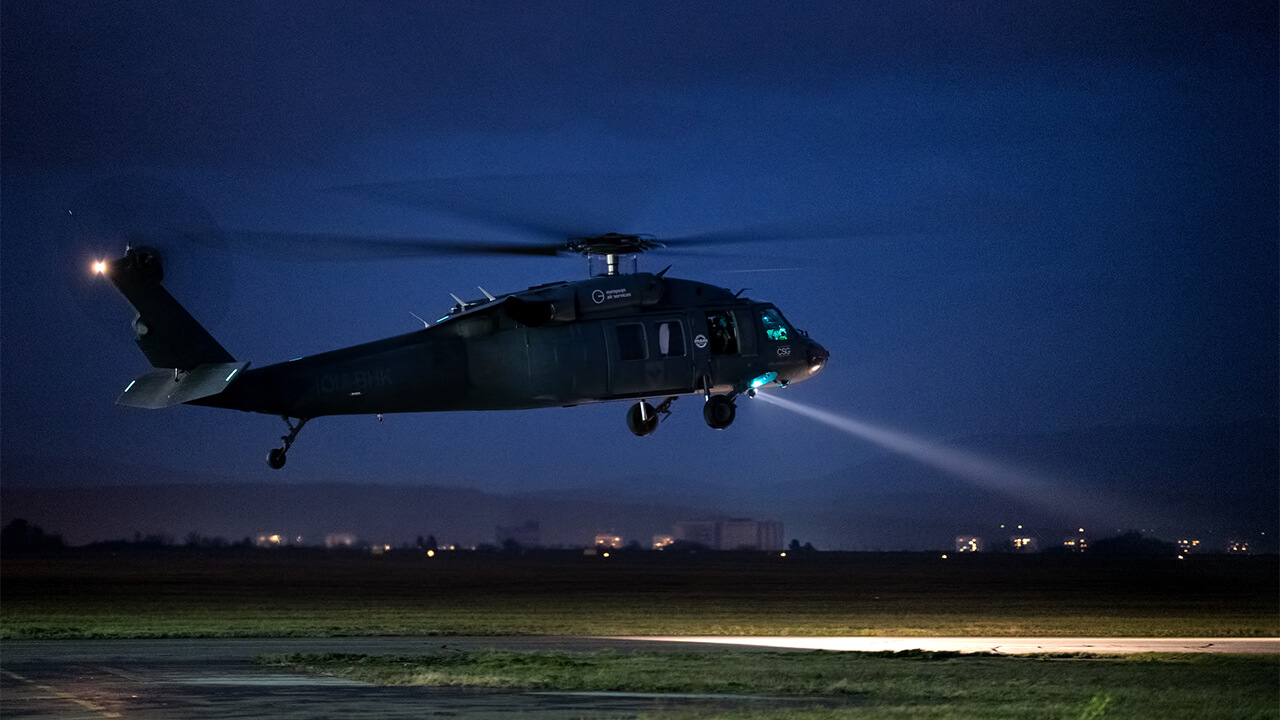Discovering the Background and Development of the UH 60 Helicopter

Origins of the UH-60
The origins of the UH-60 helicopter can be mapped back to the late 1960s, a period marked by the need for a flexible utility airplane that can adapt to the progressing needs of modern warfare. The U.S. Army identified the requirement for a replacement for the older UH-1 Iroquois, which was ending up being progressively insufficient for the intricacies of modern combat scenarios. In 1967, the Military started the Energy Tactical Transportation Airplane System (UTTAS) program, which looked for to develop a multi-role helicopter qualified of numerous goals, consisting of army transport, medical emptying, and logistical support.
The style competition attracted several aerospace producers, but it was Sikorsky Aircraft Corporation that ultimately secured the contract in 1972. The UH-60 Black Hawk was introduced, showcasing innovative style aspects and advanced technology that set it besides its precursors. Its maiden flight happened in 1974, and the airplane was formally embraced by the Military in 1979. The UH-60 swiftly obtained acknowledgment for its durable efficiency, integrity, and versatility, leading the way for its substantial use in army procedures and strengthening its condition as a cornerstone of united state Military air travel.
Secret Design Attributes
Innovative style attributes of the UH-60 Black Hawk significantly add to its operational effectiveness. Among the most remarkable aspects is its twin-engine arrangement, which enhances dependability and offers a greater power-to-weight proportion, enabling the helicopter to do under various conditions. The airplane's four-blade major rotor system uses improved lift and maneuverability, important for tactical goals.

In addition, the cabin is developed for optimum presence and comfort designs, including sophisticated avionics that improve pilot operations. The modular design of the UH-60 permits easy upkeep and versatility, making it suitable for various goal profiles, from army transport to medevac procedures. These key design features make certain that the UH-60 Black Hawk stays a versatile and reliable possession in army aviation, capable of fulfilling the needs of modern warfare.
Technical Developments
Current technological innovations in the UH-60 Black Hawk have substantially enhanced its operational capacities and flexibility. The assimilation of advanced avionics, such as electronic flight control systems and improved situational recognition screens, allows pilots to operate with raised precision and performance. These systems assist in improved navigating, interaction, and data sharing, making it possible for the helicopter to work effectively in diverse environments.
Furthermore, the introduction of composite products has actually lowered the total weight of the aircraft while keeping structural integrity. This decrease improves gas performance and expands functional variety. The unification of innovative blades modern technology, consisting of using four-blade, totally expressed blades systems, has actually boosted lift efficiency and ability to move, enabling much better handling click to read in various flight conditions.

Additionally, advancements in propulsion systems, such as the T700-GE-701D engines, have raised power outcome and reliability - uh 60. These engines add to premium performance in high-altitude and hot-weather problems
Last but not least, the combination of self-defense systems and boosted sensing unit packages boosts the Black Hawk's survivability and objective effectiveness. Collectively, these technical improvements ensure that the UH-60 Black Hawk stays a crucial asset in modern-day aviation, efficient in adapting to the advancing demands of humanitarian and military objectives.
Duty in Military Procedures
As the foundation of U.S. Army aviation, the UH-60 helicopter plays a crucial duty in various military operations, working as a flexible platform for battle assistance, transportation, and medevac goals - uh 60. Its design integrates the ability to operate in varied settings, making it necessary for troop activity and logistical support in both unconventional and traditional war

In medical discharge scenarios, the UH-60 has shown important, dramatically lowering the time to move wounded soldiers from the combat zone to medical centers. Its sophisticated avionics and night vision abilities better guarantee objective success under tough problems. On the whole, the UH-60 helicopter continues to be an important asset, continually adapting to meet the developing demands of military procedures and boosting the efficiency of U.S. pressures my response worldwide.
Future of the UH-60
Looking in advance, the future of the UH-60 helicopter entails considerable improvements in innovation and capacities developed to boost its operational effectiveness. As army procedures advance, the UH-60 is anticipated to include advanced technologies, including boosted avionics, boosted tools systems, and advanced interaction devices. These enhancements will permit higher situational recognition and mission flexibility, guaranteeing that the UH-60 continues to be an important property on the combat zone.
One significant advancement is the assimilation of fly-by-wire systems, which will enhance trip control precision and minimize pilot workload. Efforts to update the airframe and engines aim to raise speed, array, and haul ability, thereby broadening the helicopter's functional extent.
The future additionally holds assurance for raised interoperability with unmanned airborne systems (UAS), making it possible for worked with objectives that utilize both manned and unmanned capacities. In addition, the unification of artificial knowledge and artificial intelligence can maximize trip dynamics and maintenance procedures, bring about lowered functional expenses.
Final Thought
The UH-60 Black Hawk helicopter represents a considerable achievement in military aeronautics, progressing from the U.S. Army's initial demands for a versatile energy airplane. Its cutting-edge layout functions and continual technological innovations have actually have a peek at these guys ensured its significance in different army procedures over the decades. As the demands of modern war change, the future of the UH-60 will likely involve more enhancements and adjustments, reinforcing its standing as a crucial property for militaries worldwide.
The UH-60 Black Hawk helicopter represents a considerable turning point in military aviation, arising from the U.S. Army's mission for a more versatile and reliable energy aircraft in the late 20th century.The beginnings of the UH-60 helicopter can be mapped back to the late 1960s, a period noted by the requirement for a versatile energy airplane that could adapt to the developing needs of modern-day war. In general, the UH-60 helicopter remains an essential asset, continuously adjusting to fulfill the advancing needs of armed forces procedures and boosting the performance of U.S. forces worldwide.
Looking in advance, the future of the UH-60 helicopter involves considerable developments in modern technology and capacities made to improve its operational performance.The UH-60 Black Hawk helicopter represents a significant success in military aviation, advancing from the United state Army's preliminary requirements for a functional utility aircraft.